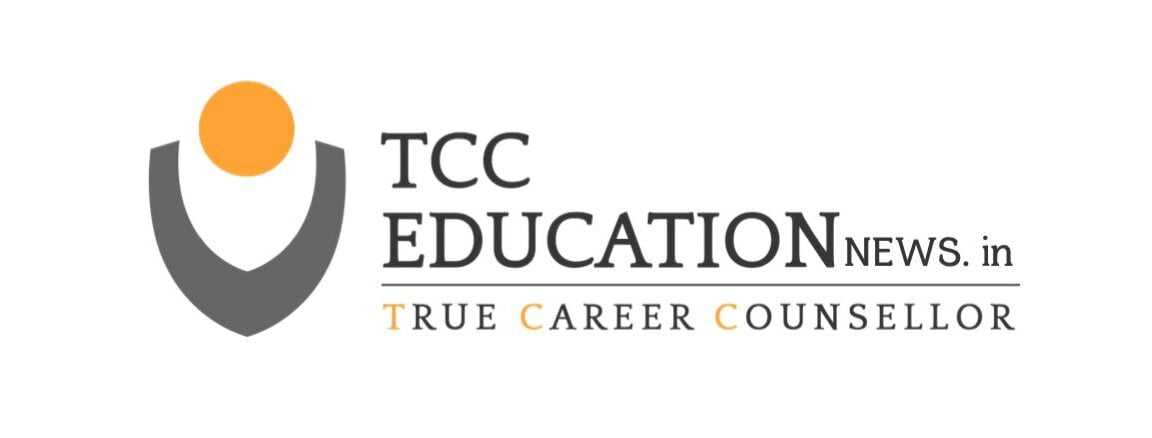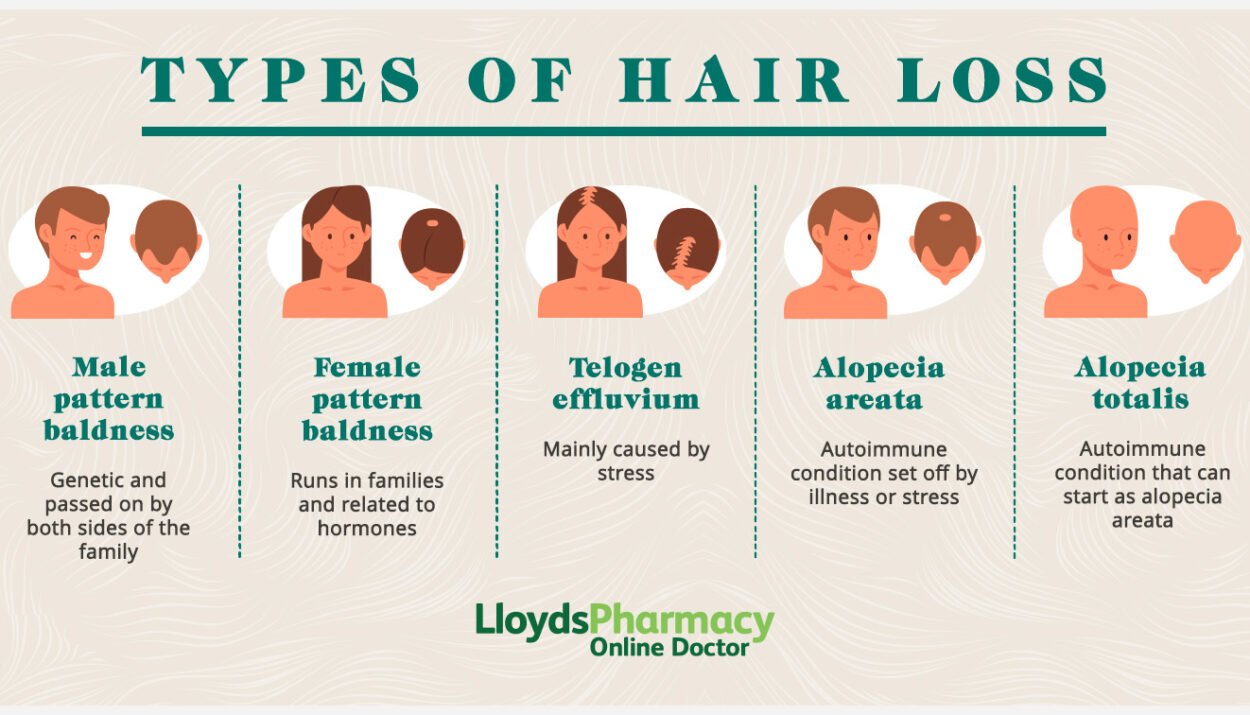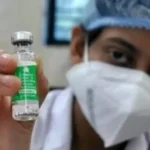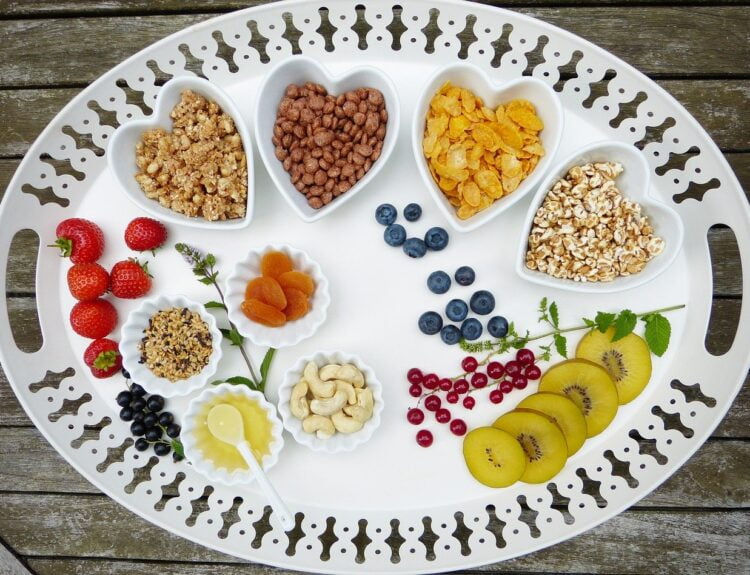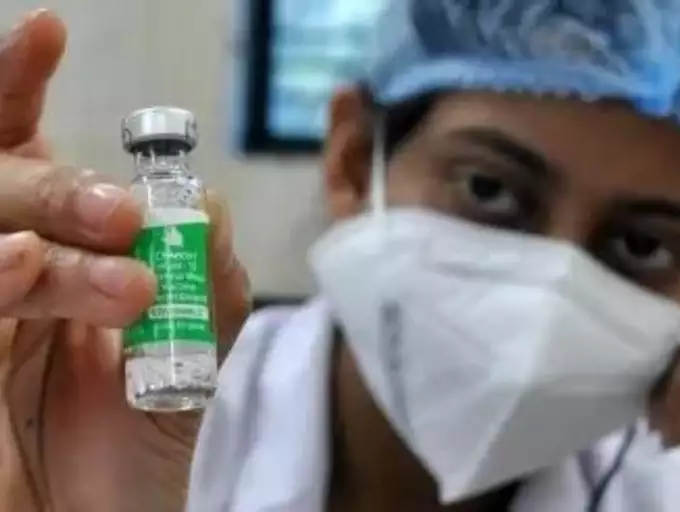Table of Contents
Platelet-rich-plasma (PRP) therapy is gaining traction among the young as it uses concentrated blood platelets and has no side effects
This is the story of a doctor who tested a therapy on herself before recommending it to her patients. And of a patient, who benefitted as much as she did, both of them fighting their hair loss together with their own blood! Delhi-based Dr Rashmi Sharma, senior consultant dermatologist at Fortis, Vasant Kunj, 34, chose platelet-rich plasma (PRP) therapy to keep her hair bouncy, long and thick enough to fight air pollution, tap water, long hours at work and stress. “My hair looked fuller and longer after three months. That’s when I started using it on others,” she says.Forty-four year old Jammu homemaker Snehal Sharma, who lost her hair in clumps after a bad bout of Covid, balding out in patches, chose PRP as she wanted her ponytail back. On a follow-up visit at the clinic, she unties it to show how her hair now swayed from side to side. “I researched comparative benefits before agreeing to this therapy,” she says.
PRP is one of the safest hair therapies there is and is gaining traction in the post-pandemic years as more and more younger people experience early hair loss as a side effect of Covid. Done at the right time, it can arrest hair loss and prevent premature balding using your own cells.
credit:indian express
WHAT IS PRP?
The therapy is based on the regenerative power of our own body. “We draw about eight to 10 ml blood from the patient, run it through a centrifuge machine till the plasma separates and settles at the top and the red blood cells sink below. We extract the plasma layer that’s concentrated with platelets. These are rich in growth factors or proteins that regenerate cells, and inject them into the scalp. In short, each hair follicle gets a localised shot of the best proteins, vitamins and minerals your blood has to offer and grows better hair. There are no side effects or allergies because you are using your own nutrients instead of medication,” says Dr Sharma.A FAST AND PAINLESS PROCESS
Besides, the procedure, which is done an hour after a numbing cream is applied to your scalp, takes just 30 to 40 minutes. “After the shots are done, we disinfect the scalp and you can resume your daily activity. Wash your hair after 24 hours. It is relatively painless because we use micro needles and they are just pricks, the kind you have with insulin needles, on the scalp. The soreness is momentary,” says Dr Sharma.Snehal, who has done six sessions in all, the first three for hair growth and the latter three for improving texture and maintenance, has a steady growth now. Results usually show after three months, so the first three procedures are mandatory. “Maintenance is hassle-free. I just wash my hair every third day, condition my hair, eat clean and exercise,” says Snehal, who now does a follow-up once in six months.“Lifestyle correction is very important for PRP therapy to succeed as hair loss is often the manifestation of underlying health conditions and hormone imbalance. Once your parameters are in range, the effects of the PRP therapy will hold longer. Otherwise, problems may recur again,” explains Dr Sharma. This twin pillar approach ensures a success rate between 70 to 80 per cent as corroborated by the US-based National Institutes of Health study on post-PRP hair regrowth. Usually, most of Dr Sharma’s patients have not needed repeat treatments over a year. “There is an 18-month efficacy window but that depends on a lot of discipline. Choose mild shampoos and definitely don’t oil your scalp, which ends up clogging pores. You can only use oil to condition the hair, so wash your hair within half an hour of application. Keep it simple,” she advises.WHAT CAUSES HAIR FALL AMONG THE YOUNG
Inherited, or pattern baldness, affects more men than women, the former losing hair in a spherical manner on the crown, the latter from the central parting as it keeps widening. “However, I am getting more patients in their 20s because they have had an underlying condition or infection, nutritional deficiency (zinc, iron, vitamin D, and protein) and stress. They consume sugar and fatty foods as they eat out frequently. You need to have legumes, poultry, fish, good fat and leafy greens to feed your hair follicles. Stress means extra levels of the hormone cortisol, which can shorten the growth phase of the hair shaft prematurely,” says Dr Sharma. Of course, youngsters these days are more into hair styling products and hair colour on a daily basis, which, she feels, is equivalent to a chemical attack.Studying the scalp of a 24-year-old through a trichoscope, Dr Sharma finds that one of her follicles has just a single strand of hair instead of three. “Her hair follicle has shrunk and stunted even the single hair she has. PRP improves circulation in the treatment area, opens up the hair follicle and ensures that even if the old hair falls out, the new hair grows robust and thicker. It even stimulates inactive hair follicles around a barren patch and revives hair growth,” says Dr Sharma.CAN PRP WORK BETTER THAN HAIR TRANSPLANTS?
Where the hair follicle has been badly damaged, only hair transplantation works, which involves surgically implanting donor hair from healthy growth areas of the scalp to the leaner growth patches. “PRP guarantees best results for patients in the early stages of hair loss and can only be used as a supportive treatment for stubborn baldness. However, PRP is much better than minoxidil — a medication that can be administered both orally and topically and is only as effective as the dosage,” adds Dr Sharma.tags:hair loss treatment, platelet-rich plasma therapy for hair loss, prp therapy hair loss, prp therapy, platelet rich plasma therapy, hairfall treatment, what causes hairfall, prp for hairfall, platelet rich plasma therapy for hairfall, hair loss cure, how to cure hair loss, regrow hair, how to regrow hair, treat baldness, baldness cure.credit:indian express

